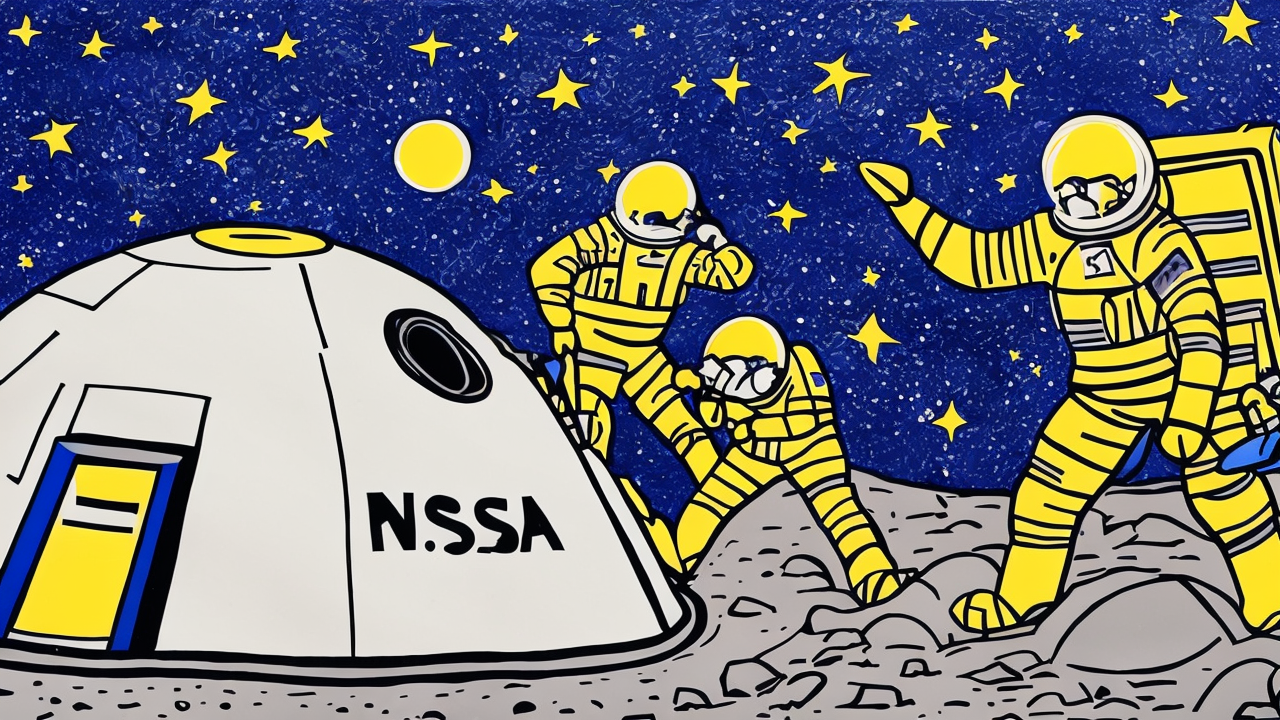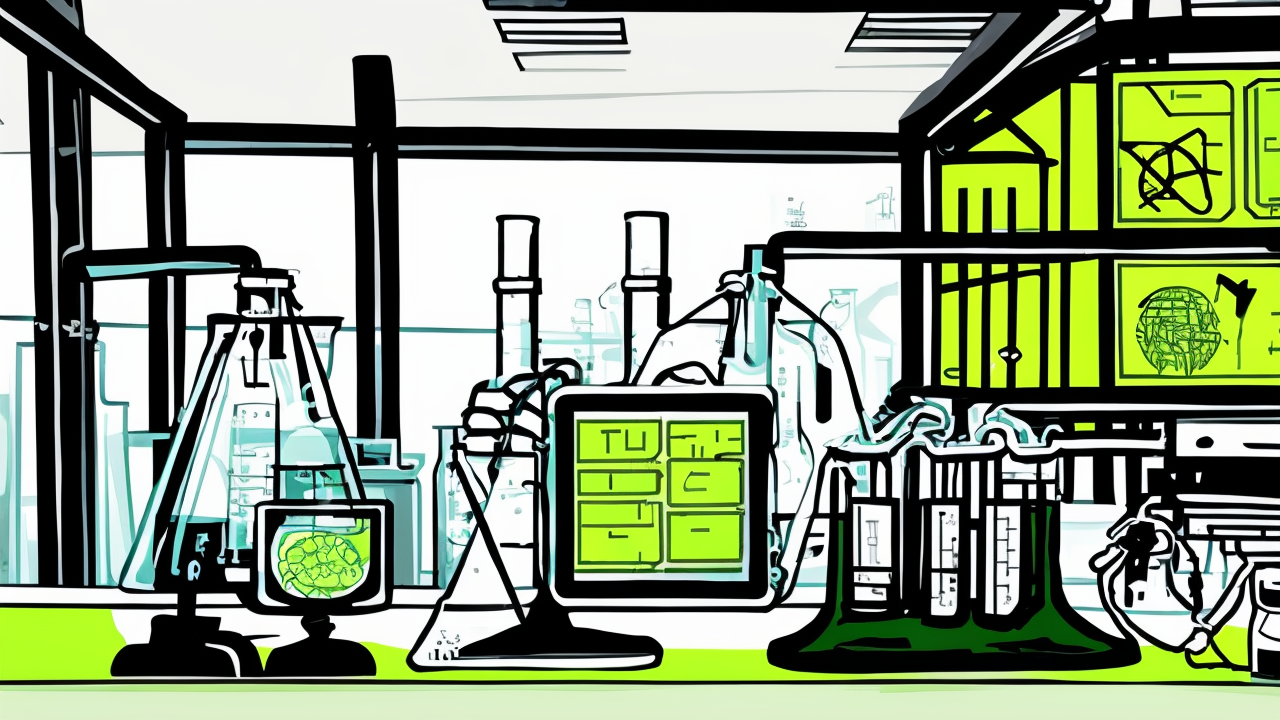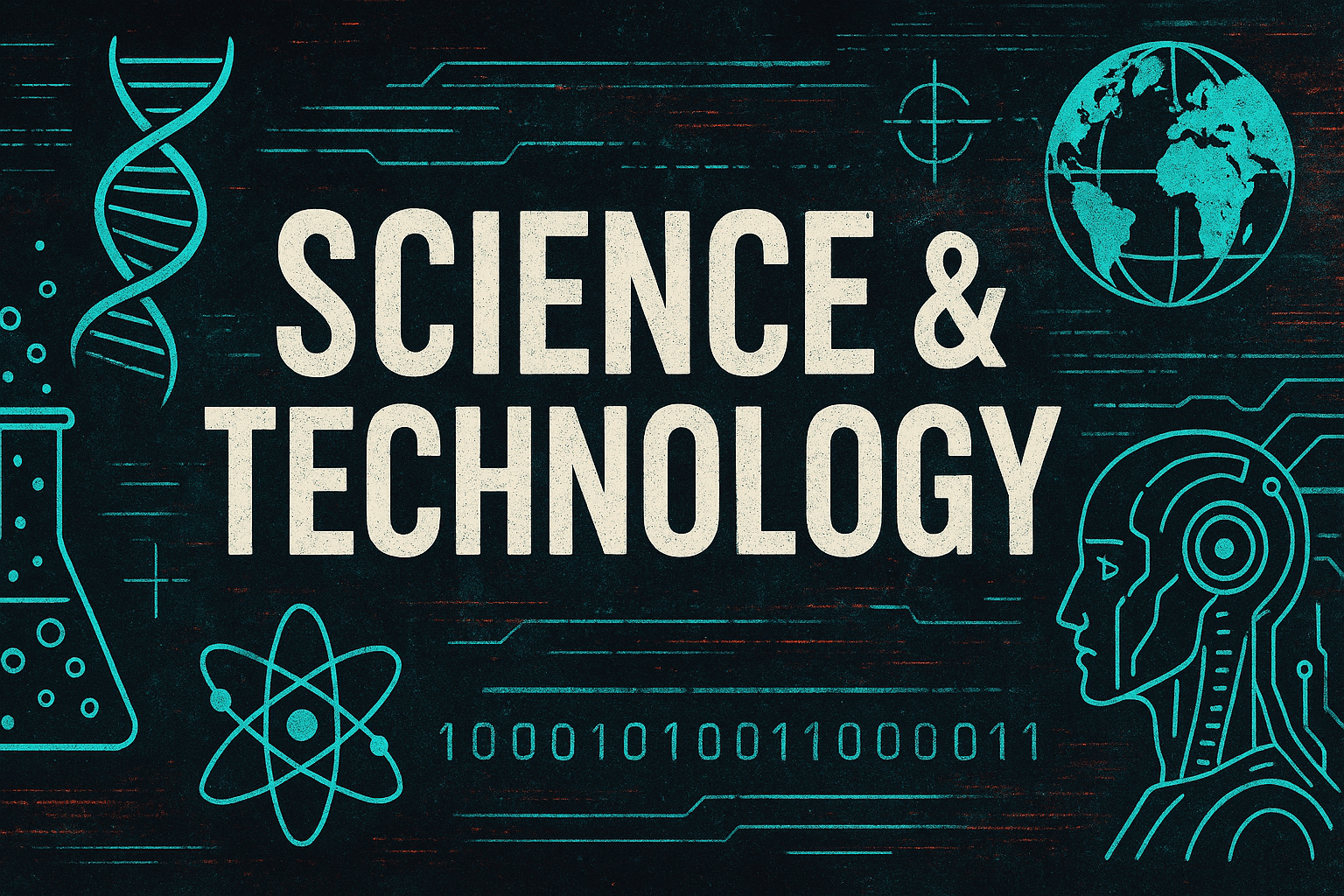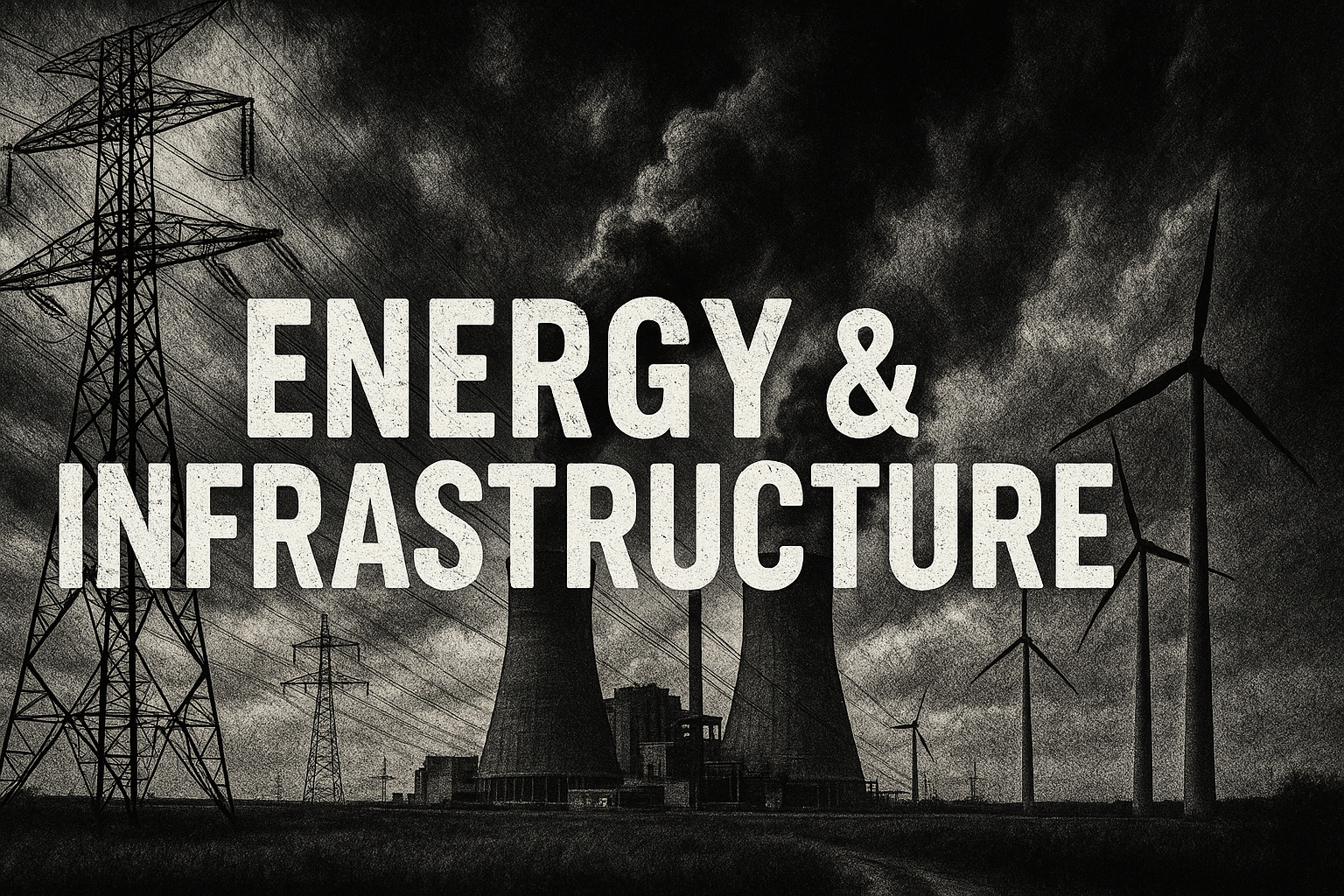Nuclear Reactor on the Moon: NASA Aims to Power Lunar Base by 2030

NASA Acting Administrator Sean Duffy has announced plans to establish a nuclear reactor on the moon by the end of the decade, signaling a new phase in the U.S. lunar strategy. Speaking at a recent press conference, Duffy emphasized the importance of nuclear energy for sustaining a permanent human presence on the moon. “We’re in a race with China to the moon,” he stated, highlighting the need for reliable energy sources to support lunar operations.
The proposal comes as Russia and China collaborate on a joint effort to deploy a lunar reactor by the mid-2030s, potentially creating a “keep-out” zone that could hinder American activities. Experts warn that control of the moon’s resources could shape future geopolitical dynamics. Eugene Kontorovich of The Heritage Foundation noted, “The only question is: Who gets it first?”
Nuclear reactors offer significant advantages over solar power, particularly in areas of the moon with limited sunlight. A reactor capable of producing 100 kilowatts—enough to power a 2,000-square-foot home for 3.5 days—would provide a stable energy supply without the logistical challenges of transporting fuel from Earth. Jack Spencer, also of The Heritage Foundation, highlighted the efficiency of nuclear energy, stating that a single pellet of fuel could replace tons of coal or thousands of cubic feet of natural gas.
The push for a lunar base reflects broader competition among global powers over space and resource control. As Russia and China expand their influence in the Arctic and Antarctica, the moon has become the latest frontier in this high-stakes rivalry. With the U.S. aiming to maintain its leadership in space, the development of a lunar reactor could prove pivotal in securing a strategic advantage.
Published: 8/7/2025
















